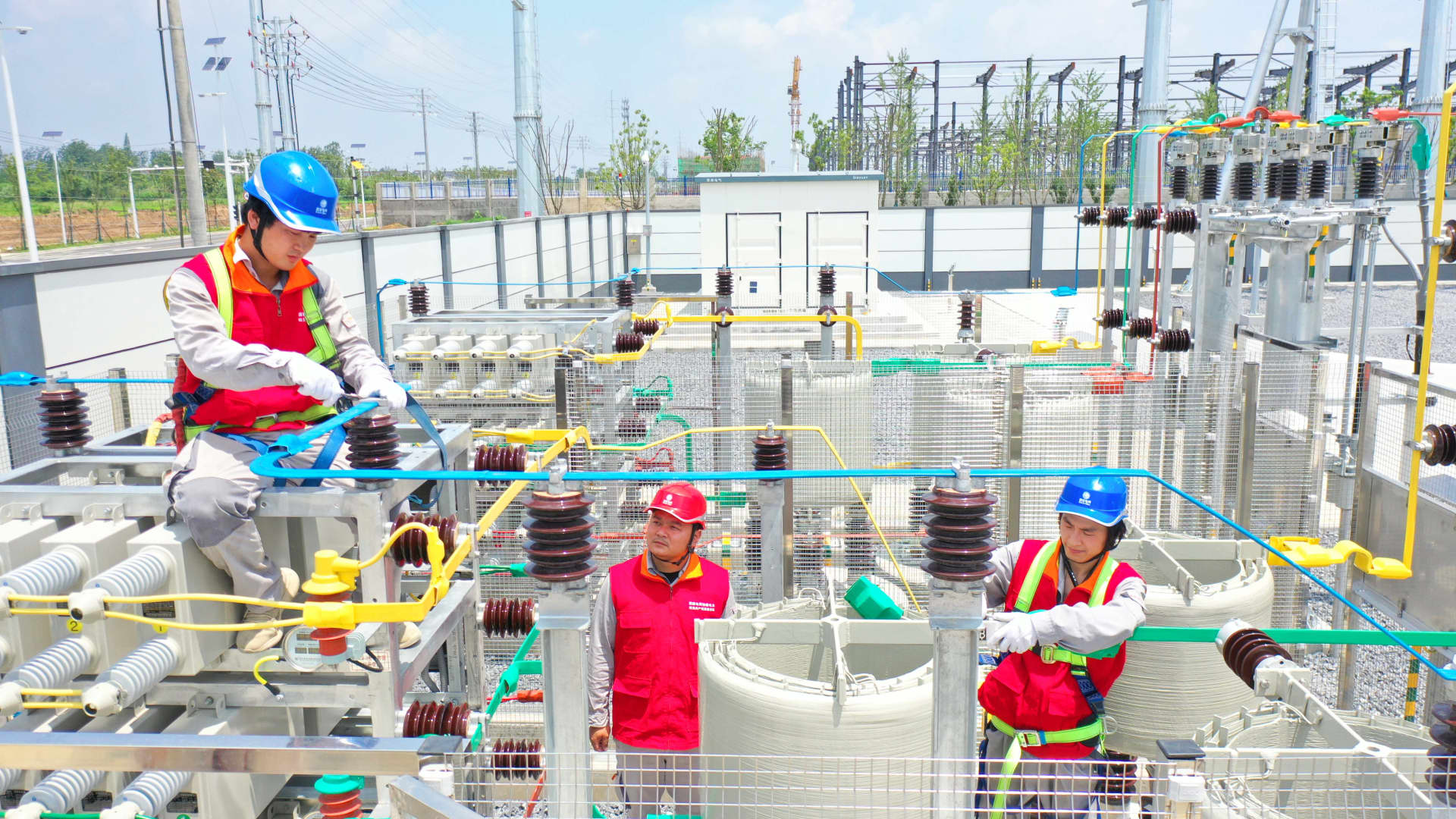
A look through China’s economy today reveals a few dilemmas, especially for investors trying to gauge future growth. If the government sticks to a playbook of infrastructure investment to drive growth, debt problems worsen. Boost the faltering real estate market, and the property bubble remains unresolved. Slash interest rates – while the U.S. hikes – and the pressure’s on to prevent outflows to the stronger U.S. dollar. With little room for policymakers to act, and geopolitics hovering, a turn to defensive names in health care and insurance may be in order for investors. That’s what consumers wanted to buy anyway with the money they had, when China ended its Covid measures late last year. As for giving more cash to consumers at scale, official statements over the last two years make it clear top leaders still need convincing. Exports are falling on global weakness, not something China can control. Today’s problem, which China has acknowledged, is a lack of confidence. That could send the economy spiraling down in a vicious cycle. And it could just as easily bounce back in a virtuous cycle. “If the economy does badly, confidence is weak. If confidence is weak, spending is low,” said Michael Pettis, a finance professor at Peking University. If “spending is low, the economy does badly.” The result of ongoing uncertainty is companies in China are pulling back on hiring and future investments. They’re also cutting down on debt – and paying more attention to cash flow, according to S & P Global Ratings. “If all businesses do so, growth will not be as fast, [but] quality will be better,” Chang Li, director of corporate ratings at S & P, said in Mandarin translated by CNBC. “The low growth rate is a long-term trend for the future.” He expects government stimulus to only support specific industries, such as high-end technology, manufacturing and renewable energy. That electric car industry — of vehicles, battery charging stations and power grids — is the only area in which the central Chinese government has announced the most specific stimulus measures so far, primarily in the form of extending tax breaks. As for other details, key government meetings on the horizon could make those clearer, at least on the domestic front. There’s a Politburo meeting of top officials due in late July. Separately, a twice-a-decade government conference on financial work could be held soon — it’s been long delayed since it was expected last year. A so-called “third plenum” of top leaders is expected to lay out a multi-year economic agenda in the fall. How to play it It also pays to dive into sectors, picking the industries that can grow despite the lackluster economy. The nature of China’s economic recovery over the last few months from Covid have unique characteristics that aren’t easily captured in broad strokes, Goldman Sachs’ Andrew Tilton and a team pointed out back in late May. Covid hit the services sector the hardest, and its rebound just benefits specific companies – rather than a network of supply chain businesses, the analysts said. They also estimate that in a consumer-centric recovery, Chinese companies listed on the mainland and Hong Kong stock markets would see 8% less revenue growth than a similar-sized recovery led by investment. That means the stock winners of China’s recovery are likely hidden under broader market performance. One month since Goldman’s assessment, China’s economic trajectory remains the same. Policymakers have only trimmed some interest rates and announced support for electric cars. Citi in June cut its full-year GDP forecast, as have other investment banks. “Risks are accumulating that the weak links in the economy are going to become increasingly painful,” the Citi analysts said in a note Tuesday . “If weak confidence becomes so entrenched, it could be self-fulling and derail the economic recovery.” In this environment Citi’s stock analysts like health care and insurance stocks, noting they are less affected or even supported by slower economic growth. Their favorites for the second half of the year are insurance giant AIA with a price target of 106 Hong Kong dollars, and Shenzhen-based medical equipment company Mindray with a price target of 450 yuan. That’s about 34% and 50%, respectively, above where the stocks ended the week Friday. AIA is listed in Hong Kong, while Mindray is listed in Shenzhen. — CNBC’s Michael Bloom contributed to this report.
